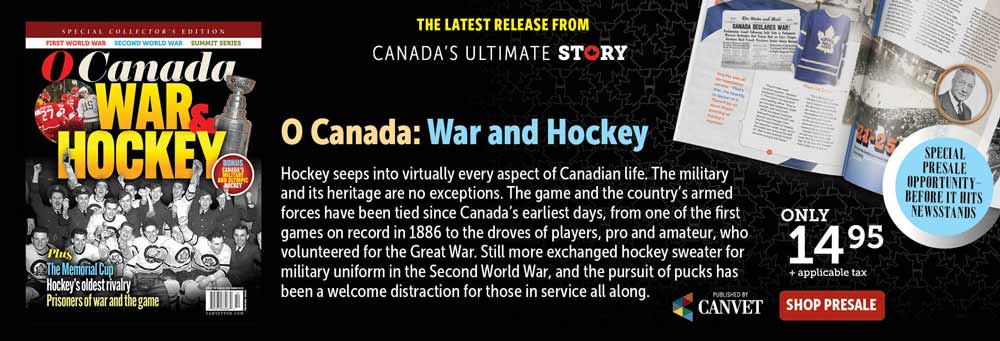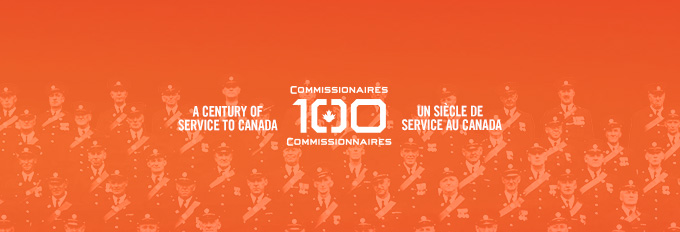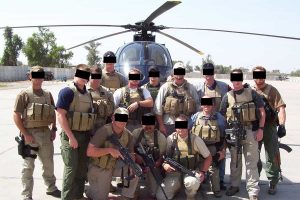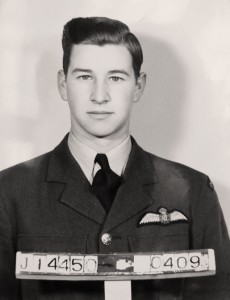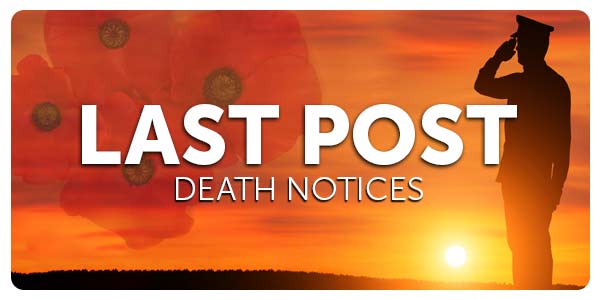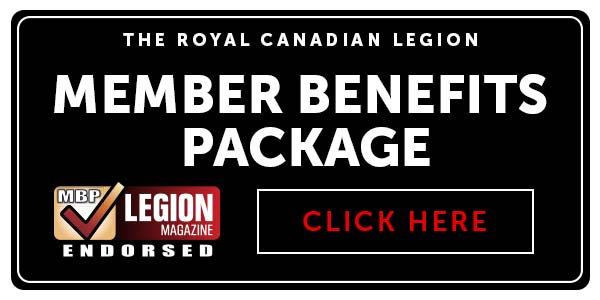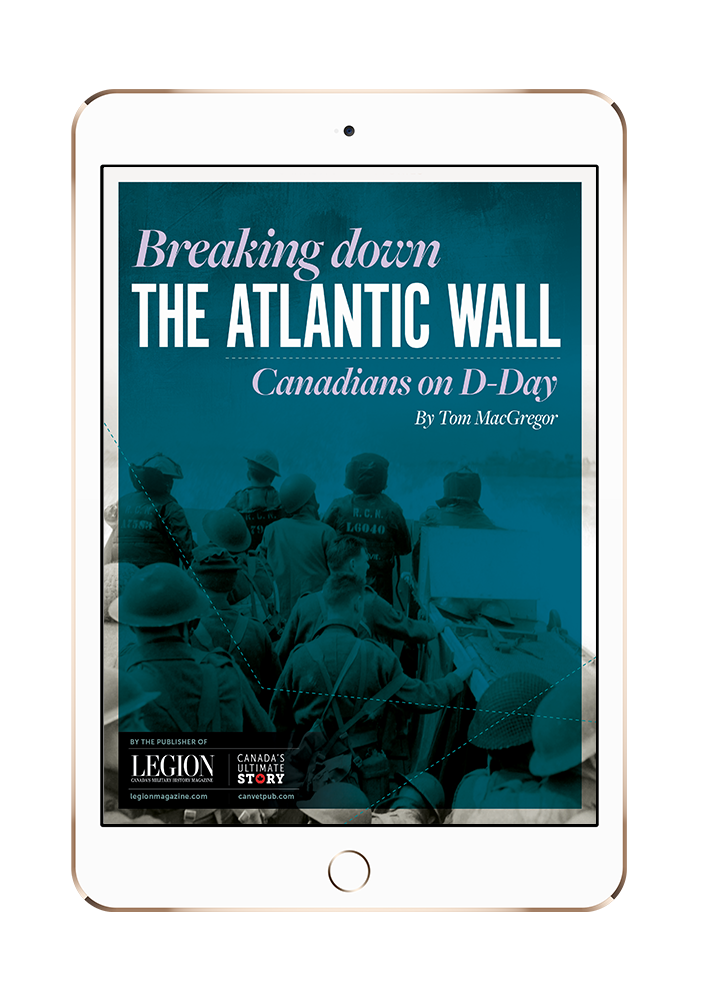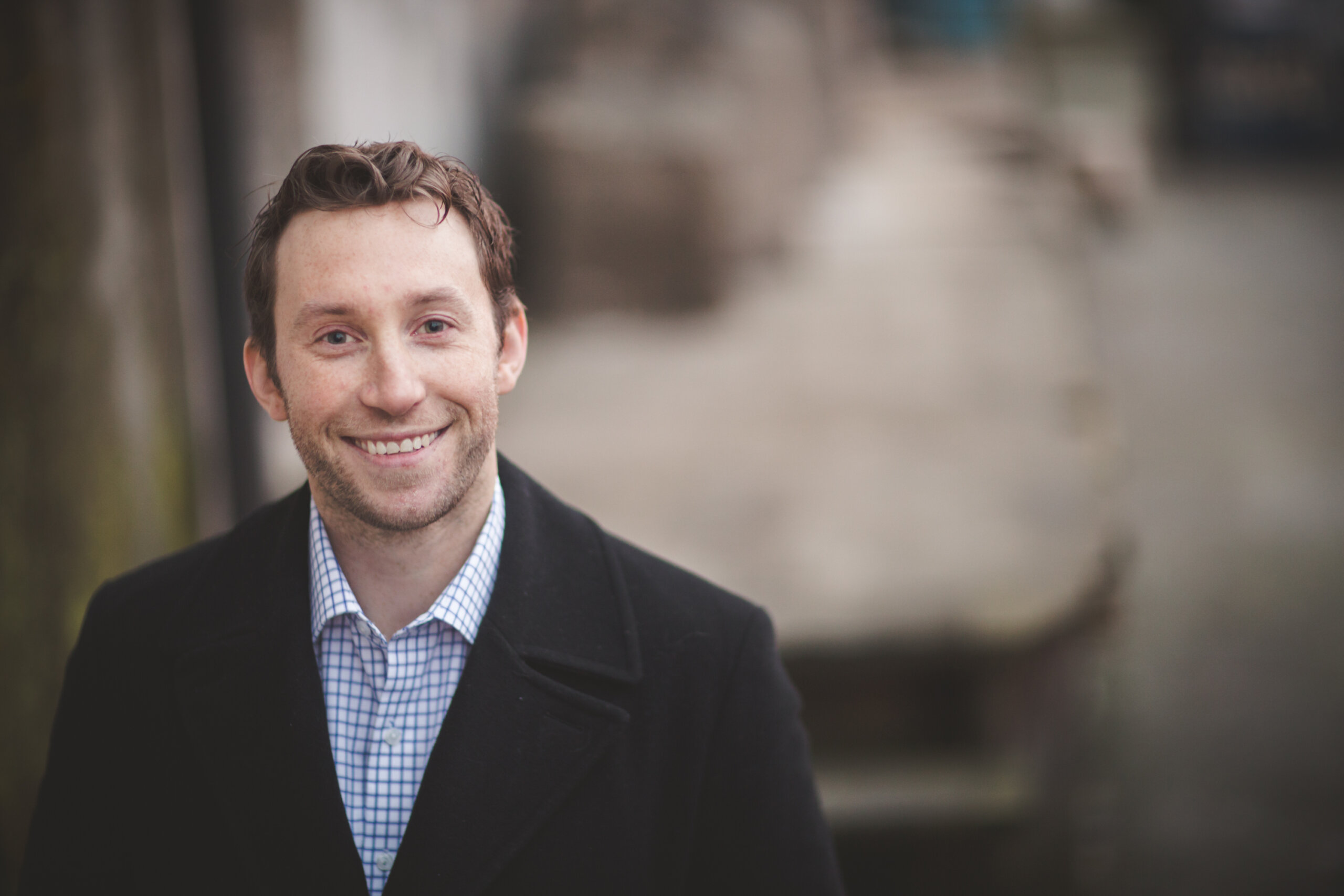
Military historian David Borys specialized in studying the Canadian war experience and hosts the “Curious Canadian History” podcast. [David Borys]
Borys spoke to Legion Magazine about writing it.
On the name behind the book
It’s pretty clear that time and again—certainly from around the early-20th century onward—when Canadians are called to military action or thrust into military operations, they continually do more with less. And by less, to put it bluntly, I mean a government that doesn’t provide them with the resources to do their job but has no problem with sending them in despite that evident fact.
I think the term “punching above our weight” really encapsulates the Canadian martial spirit that comes through in many of the stories told [in the book]. But equally, there must be a warning that you cannot sustain that model over a long period. Such an uncomfortable truth is now being laid bare in today’s world.
On why he wrote Punching Above Our Weight
There are incredible books written on the Canadian military at war, including the works of Tim Cook and J.L. Granatstein. However, there wasn’t really a single holistic volume about the Canadian military at war. I wanted to change that.
The project has been in the back of my head for about a decade, but being shut down during the pandemic certainly helped trigger the process.
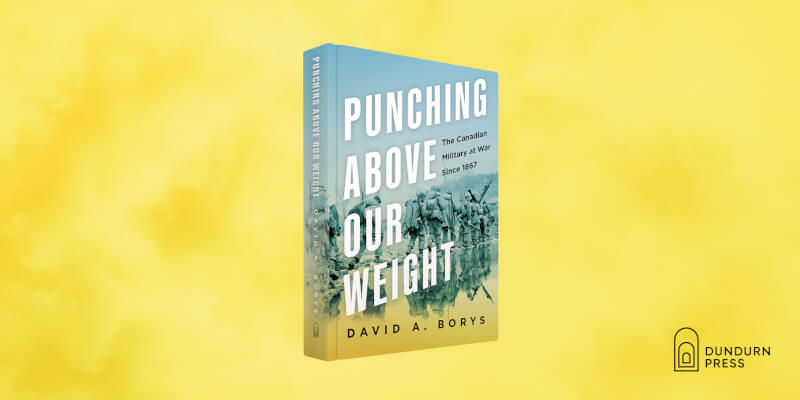
David Bory’s new book “Punching our Weight” takes readers through the 150-year history of the Canadian Armed Forces. [David Bory]
The early Fenian Raids [Irish republican assaults on British North America from the U.S.] played a significant role in shaping the eventual country, not least among many fence-sitters who were then convinced that Confederation should happen.
If you look at the Riel resistances [the 1869-70 Red River Resistance and the 1885 North-West Resistance led by Métis leader Louis Riel], these took take place in a period when Canada was trying to define itself. The reality is that Canada framed itself as a white, westward-expanding Christian nation like the American model. The Riel resistances reminded many of those Canadians that there were other people who should be part of the conversation about the nation’s future.
From a military perspective, they spoke to a pretty underfunded, under-trained, and under-equipped military that needed to get its shit together.
On Canada’s early 20th century conflicts
That period is where we see the real professionalization of the Canadian forces. After the South African War, you have enough Canadians who have served in both the British and Canadian military and who’re now able to say, “we need to make some serious changes,” and they’re also able to lobby the government to act.
It helped that concern had increased about a future major conflict. Let’s be clear that by 1914, Canada was not nearly ready enough to support the British Empire, but those conversations were happening, and changes were starting to occur.
On Canada and the Second World War
Sadly, however, things are not much better in 1939 than they were back in 1914. Certainly, we have a professional—if small—army, a somewhat stronger navy, and a fairly obsolete air force. In other words, we’ve improved a bit but not a lot.
The Canadian military had to expand dramatically during the Second World War. But there is no doubt that what occurred during the conflict was a coming of age for the three military branches, which became some of the largest on the planet.
On Canada’s postwar military evolution
From Korea to probably around the mid 1960s, you might argue that there was a golden age for the Canadian forces. The country is spending money on all three branches. It is an active participant in the Cold War. It is being good allies in NATO, a North American partner with the United States. But then it starts to drop off.
There are many reasons, but the result is the same: a general mood in Canada that the military is unimportant or shouldn’t be part of Canadian policy, which is then reflected in government. Arguably, it doesn’t return until the war in Afghanistan.
Part of the issue is that since the Korean War, we’ve been seen as peacekeepers, perpetuating a myth that somehow, a Canadian in a soft blue beret can walk into the middle of a combat zone and break up a fight just because they’re Canadian. People who believe that soon start believing that we don’t need weapons at all.
Ask a peacekeeper, and few want to enter a combat zone in just a blue beret.
On Canada’s understanding of military heritage
It’s not enough to rely on historians to tell these stories. We need to start making efforts in our school curriculums, not just teaching the likes of Vimy Ridge, Juno Beach, and peacekeeping—all of which are important stories—but also beyond.
I hope readers take away the fact that you cannot separate Canada from its military participation. From the very beginning of this country until the modern day, its military has been an extension of its people, an ever-important facet within Canada’s domestic and international policy, that the country’s military is fundamental to Canadian sovereignty, as well as its participation in global events on the world’s stage.
This abridged interview has been edited for brevity and clarity.
Advertisement





